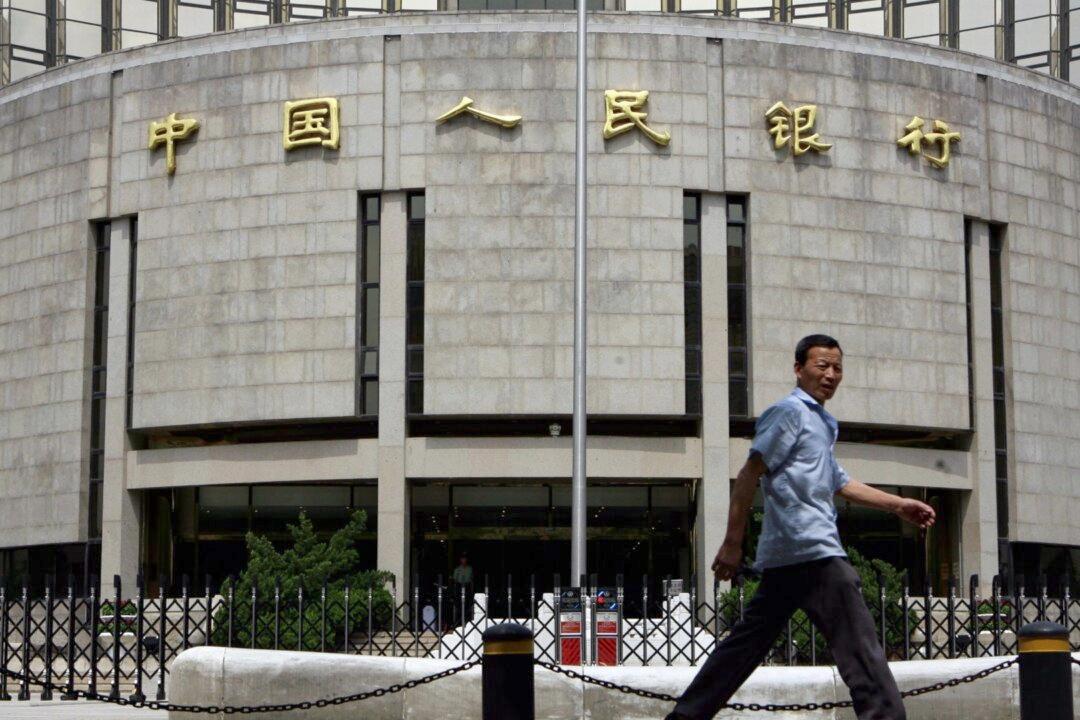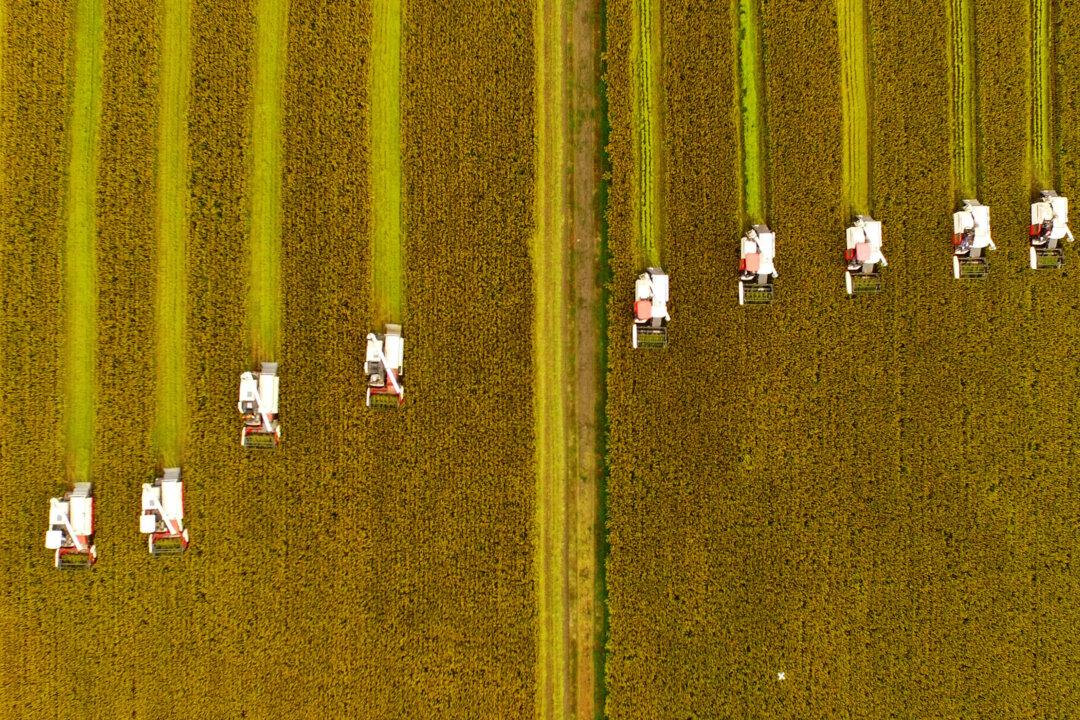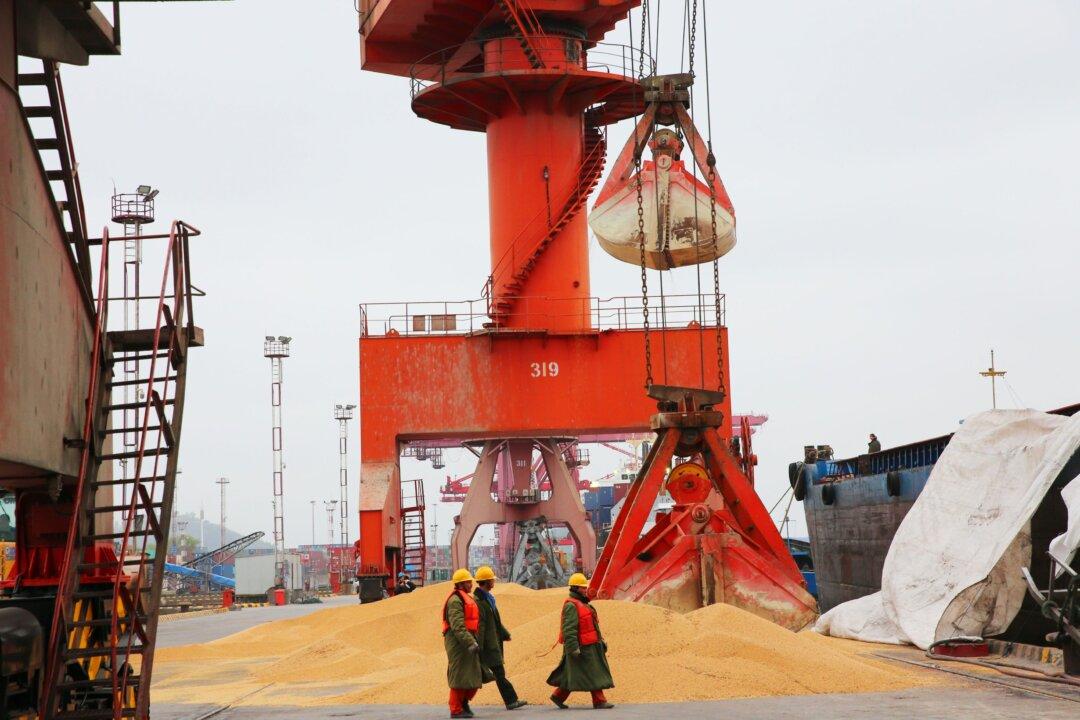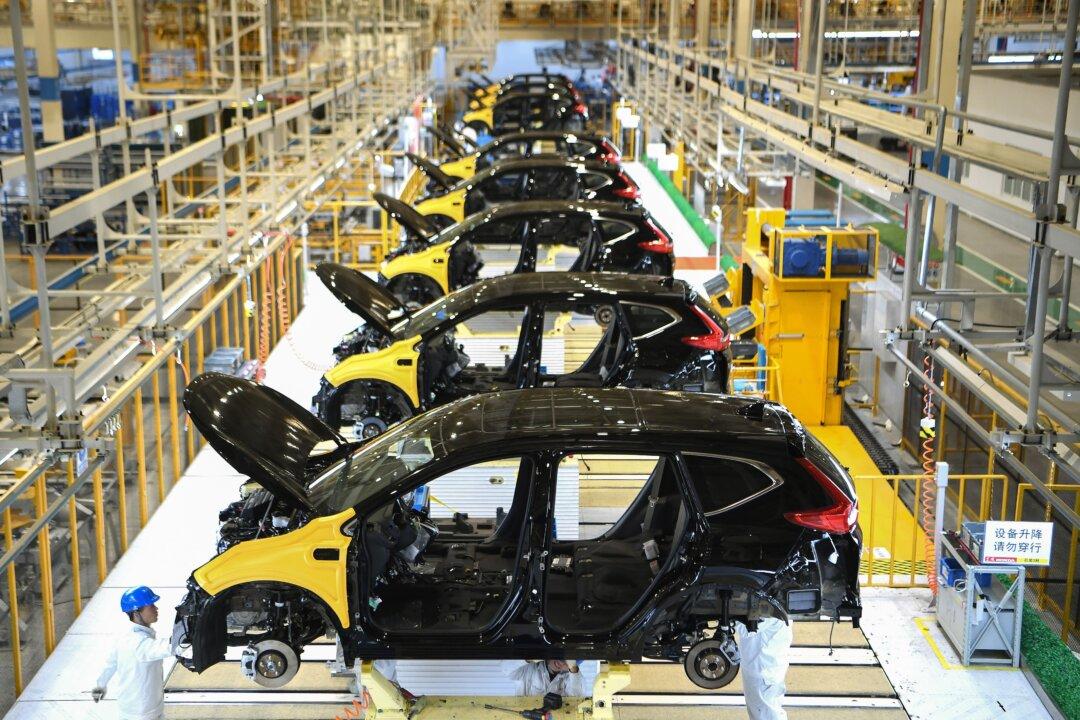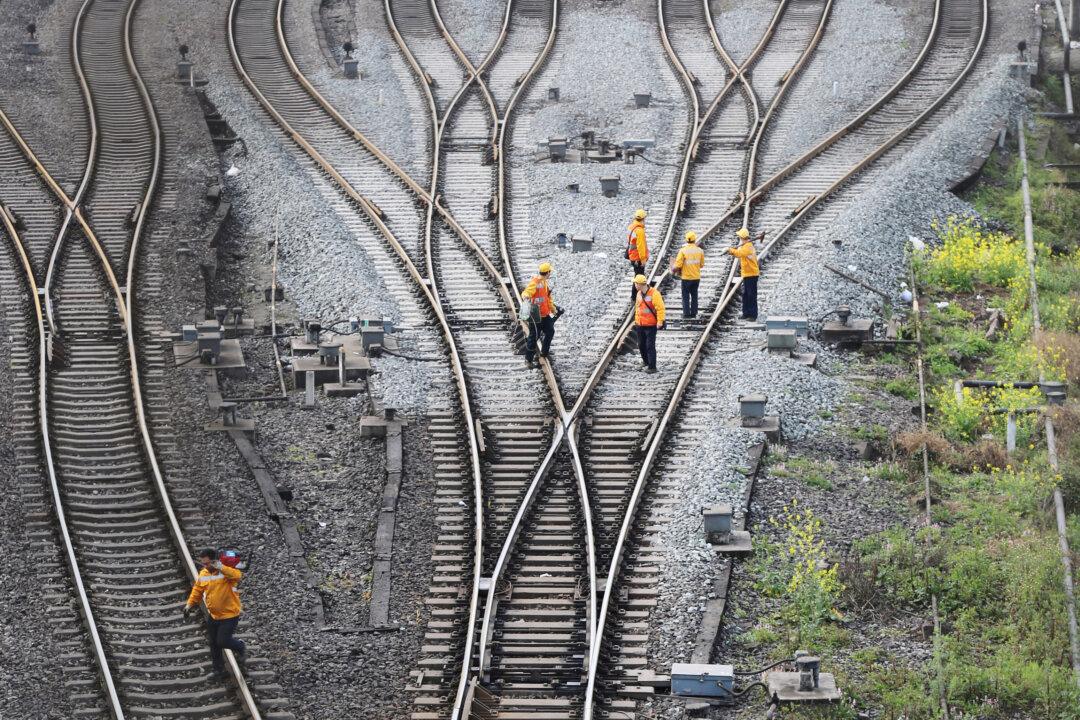The People’s Bank of China high-quality foreign exchange assets peaked in June 2014 and has fallen by a third as the bank sold high quality and bought lower quality assets.
People’s Bank of China (PBoC) balance sheet was tiny in 1980 with just $2.3 billion, or 40 percent of assets, in high-quality foreign exchange treasury debt. The other 60 percent was in low-quality “other assets,” typically non-performing domestic bank debt.
